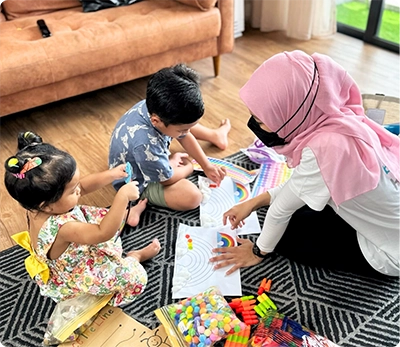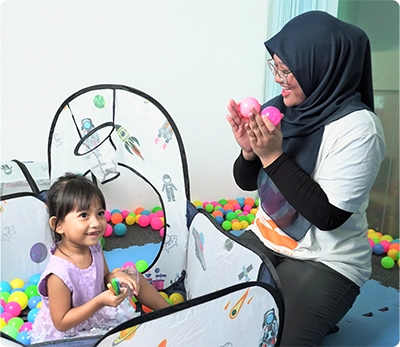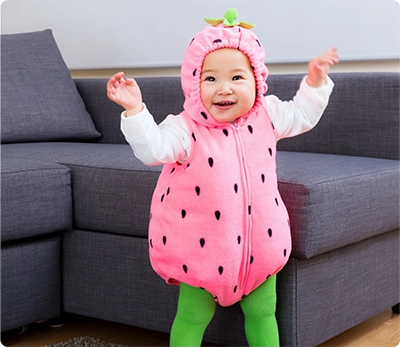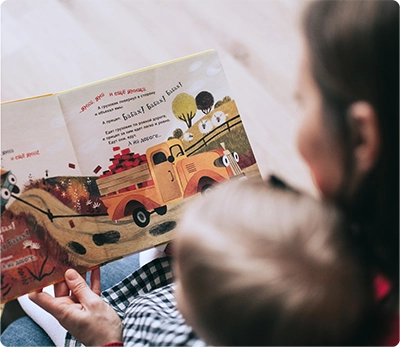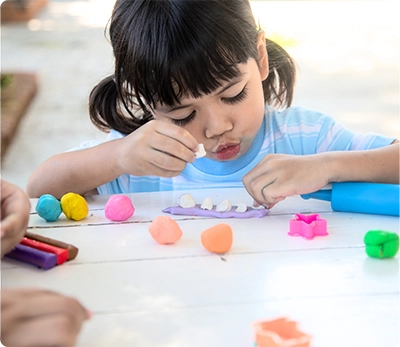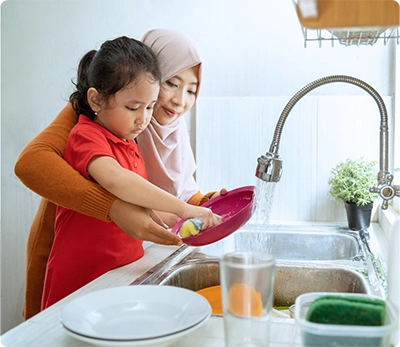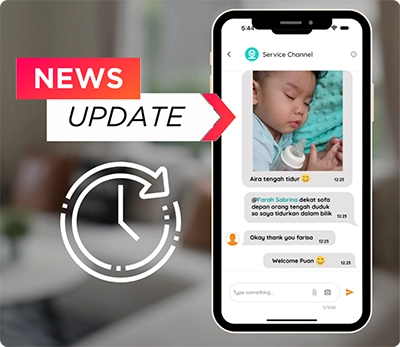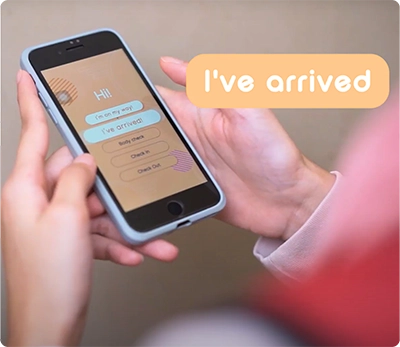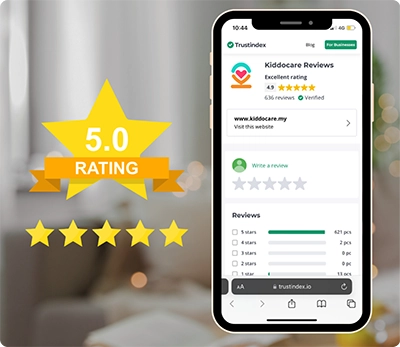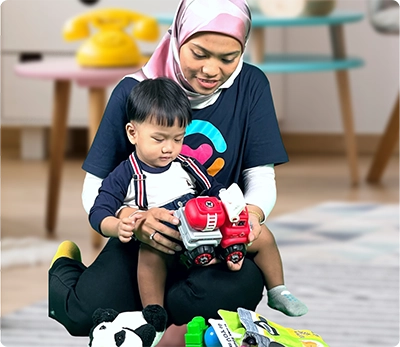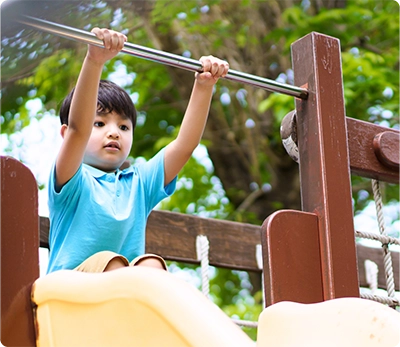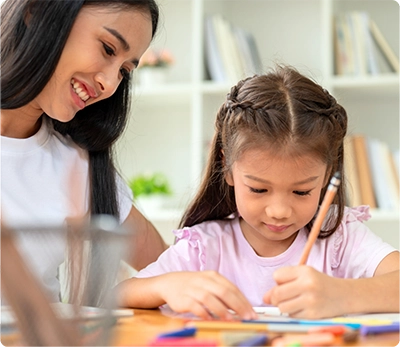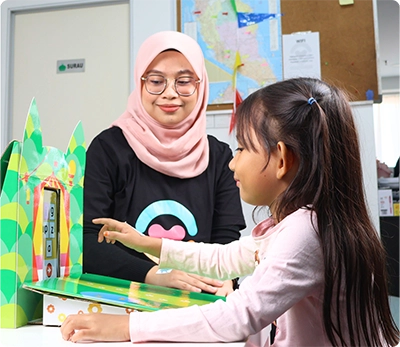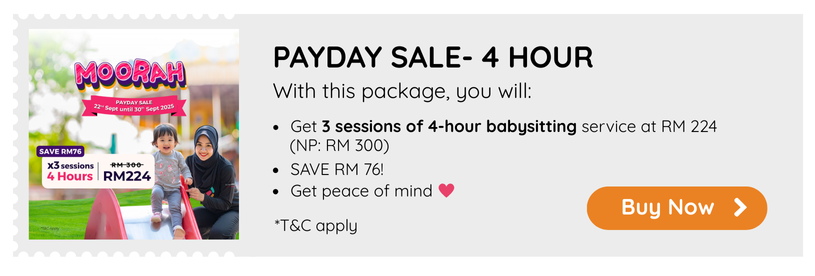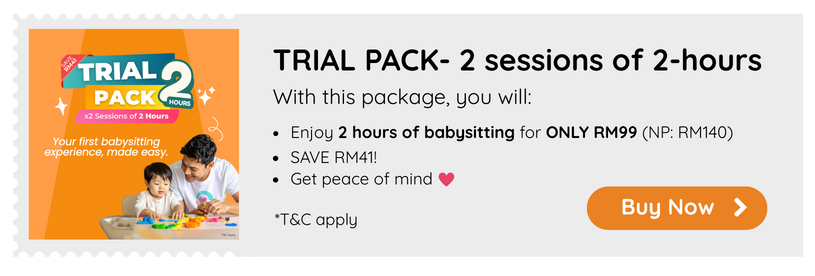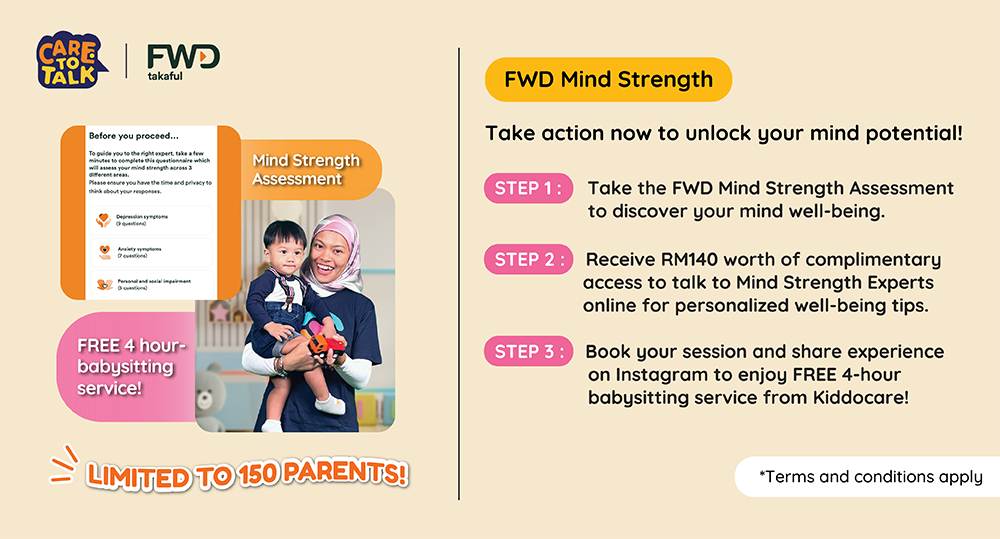Breaking the Naughty Label: Teaching Kindness in Children
Greeting other people is something that we have been teaching our children since the moment that they could utter words like ‘Hi’, ‘Bye’, ‘Funny’ or ‘Awesome’.
When they grow just a tad older, we start to teach them how to compliment someone. ‘If you see your friend is looking pretty today, you compliment them,’ ‘If your friend gets the highest mark in the class, you give your friend a thumbs-up’ and the list goes on.
Now, when they are 10 to 12 years old, you might teach them to open the door for someone or to speak politely with everyone.
From when they were only about 100 cm tall up until they are at the end of elementary school, we don’t stop teaching our children to be kind. Being a father or mother figure, we cannot deny that teaching them to be good is something we’re just attached to. It’s in our nature that we want them to be the better version of ourselves. How they behave and respond to others are a reflection of their upbringing and we are responsible for that.
While teaching kindness is one thing, how many of those actually work? How many of those will your children do in front of you? How about when you’re not there with them like at school? You may be teaching them and they will forget the next day. You may teach them the good thing but a cartoon character that they watch in some ways, says otherwise. The influence of the Western media can easily dominate your children’s mind and the kindness that you teach may be fading.
So what’s the solution? Don’t worry because we’re here to help you teach your children about kindness in a way that is effective after we’ve read multiple writings talking about the same thing. We’re compiling the best of the best.
Actions Speak Louder Than Words
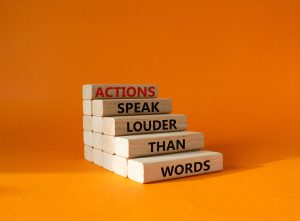
If there’s one person who should be well-acquainted with this concept, it is ourselves. We all know how life works. If we read 100 self-help books but we don’t start applying the things we have learned, then it’s meaningless. If we go to a motivational programme every month but we are yet to do anything that can help us to achieve our dreams, then the effort just goes down the drain. Effort without action yields no results.
Same goes for teaching your children. If we only teach them without actually doing it, then they are not going to get better at it. Children’s best skill is by imitating what other people do. By demonstrating kindness through your own actions, your children will copy and learn from you. You can check on your neighbour’s well-being, donating goods towards a charity or helping someone in need and when you do this regularly, it becomes a norm for your children.
The hypothesis is simple: the more positive behaviors you exhibit, the more readily your children will adopt and implement them, creating a positive cycle of learning and growth.
It’s a dynamic process where the values, kindness, and positive behaviors we consistently demonstrate become the building blocks for our children’s character development. By being a living example of the qualities we wish to instill in them, we not only teach them but also empower them to become responsible, empathetic, and caring individuals who can navigate the complexities of life with confidence.
Sharing the World’s Once Upon a Time…
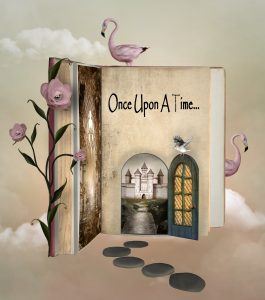
One fun fact about children is they love stories. If the stories are made out of fairytales, they would love them even more! They love imaginations and their creative minds may be running wild when you tell them stories that go beyond our world.
Children can get absorbed into a lot of stories. If you’re looking for stories that use kindness as one of the themes, you can start with the classical princess fairy tale like Cinderella or Snow White. Cinderella is kind to her step sisters although she receives such horrendous treatments from them but her kindness and patience teach her to be a better person. On the other hand, Snow White treats the seven dwarves with full respect, just like how she would with anyone else including the Evil Queen.
Or you can even go with stories that are less popular such as Be Kind by Pat Zietlow Miller where the main character does not give in to peer pressure and makes kind choices while also acknowledging the unkind choices that her classmates make. Kindness is My Superpower by Alicia Ortego is also a great pick that teaches your children that it is okay to make mistakes and say ‘I am sorry’.
By listening to these stories, your children will be more inclined to do good deeds and be kind to others. When the world is now filled with negativity and adversity, instilling a sense of empathy and kindness in your children becomes paramount. These stories act as a compass, guiding them to choose compassion over indifference. In this way, they contribute to shaping a generation that can bring positivity and light to a world in need of it.
Naughty Children to Unkind Choices

‘Don’t do that. You’re a naughty kid.’
Was there ever a time when you said something like this? Or if you didn’t, probably you have heard your cousin saying this to their child at an open house or a random parent saying this at one of the aisles at your favourite mall.
Saying to your child that he is a naughty kid is not a good way to emphasize that their actions are wrong. Why? The language we use is the most powerful tool we have in teaching children right from wrong. If your children do something that is generally considered to be unkind, it is important to acknowledge that an unkind action does not make them unkind as a whole.
As parents and caregivers, it is our responsibility to avoid using language that may be taken to heart. Labelling your child as a ‘naughty kid’ would only make them create a perception that naughty is part of their traits. They may absorb that and think it is part of their personality. They may accept themselves as naughty and they will not try to be good because they may think that it is embedded in their DNAs.
This might seem like a stretch for some thinking that children wouldn’t think too far. But we cannot overlook the fact that they are very fast learners. According to the First Things First website, the average baby’s brain is about a quarter of the size of the average adult brain at birth. Incredibly, it doubles in size in the first year and keeps growing to about 80% of adult size by age 3 and 90%, nearly full grown, by age 5. This shows that they are able to absorb so much information around them in a short period of time. It’s no wonder they can already know the basics of a language by the age of six years old.
Instead, what you can do is to rephrase your words to separate the action from the character. ‘Don’t make a choice that is not good for you,’ ‘Don’t do that, what you’re doing is not the correct way,’ or ‘You’re making a poor decision’. In this way, it shows that you are separating their actions from who they are and you know that they are capable of making good and kind choices too.
Focus on What’s Inside
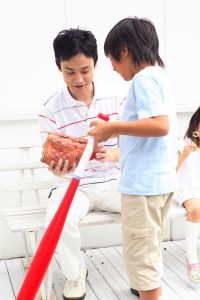
Do you remember that time when you just helped someone and you instantly feel good about yourself? The fact that you have helped someone just means a lot to you and the person that has received your help.
How can you make your children feel the same thing?
Well, other than the fairytale stories we have mentioned above, you can offer your stories from your own personal experiences as well to demonstrate kindness, generosity and empathy. Consider telling your children the times when you experienced kindness from others or when you were kind to someone else. Share with them how good it made you feel by lending a helping hand or be the recipient of kindness from other people.
Make it a habit to have your little ones reflect on their feelings right after they have helped someone. Ask them to consider all the feel-good vibes they get when they are being kind. Just like us adults know that vegetables are good for our health and we eat them to be healthier, doing this can help them learn to be kind without needing to be rewarded. We help because we want to and we get the pleasure out of doing it.
Written by:
Ian Firdaus
References:
https://www.parentingforbrain.com/how-to-teach-a-child-to-be-kind/
https://www.petitjourney.com.au/teaching-children-kindness/
https://www.twinkl.com/teaching-wiki/kindness
https://www.harpercollins.com/blogs/harperkids/6-tips-for-teaching-kids-kindness




